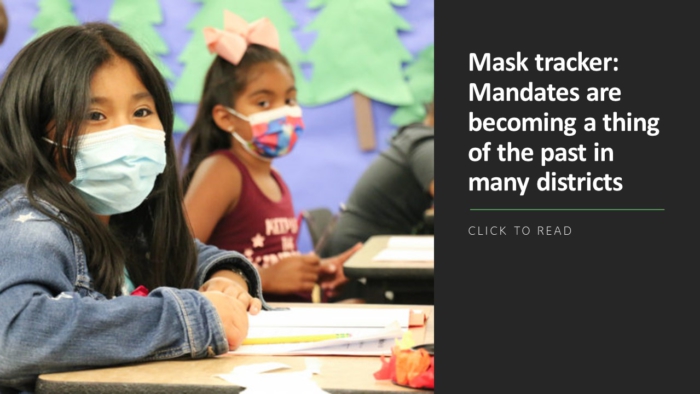More than two years after the beginning of the COVID-19 pandemic, educators and students have a lot of ground to make up as a result of learning disruptions. The challenge is significant.
The latest data shows that some students are almost a full year behind academically. Disaggregated data shows the achievement gap yet again: Black students, on average, are five months behind historical levels, whereas white students are on average two months behind. Most concerning to a math-focused organization like mine: on average, students are further behind in math than they are in reading.
The traditional approach to dealing with learning loss has been to focus on the deficits and address them, filling the gaps in a student’s learning as if they were holes in a block of Swiss cheese. After the last two years, however, some students may have more gaps than cheese. Furthermore, filling those gaps takes precious time students need to master their current grade’s content, which would mean they’ll never truly catch up.
Filling in learning gaps may be effective for some students in particular contexts, but what if there is a different way to support students in tackling grade-level content—even after they’ve developed gaps in their learning? There is a different way. Schools can lower the floor for students so they can productively engage with grade-level material, no matter who they are.
Believing students are capable
The first step toward learning recovery through on-grade content is to shift from a deficit-focused approach to an asset-based approach to teaching and learning. This means believing that students are capable of doing the work. It means focusing on the skills and tools they bring to the classroom with them, instead of what they’re lacking.
When it comes to math, for example, students may not come to class knowing the definition of “division,” but they can take twenty objects and distribute them into five groups of equal size. They are perfectly capable, in other words, of doing division—or other skills that adults may think are beyond their abilities—even if they’re not yet ready to define it for you.
FETC 2023
The Future of Education Technology® Conference takes place live and in-person Jan. 23-26, 2023, in New Orleans. Register now!
Not only are they capable of more, but being asked to do more actually helps students perform better, according to a study published by Harvard researchers last year. In the study, scientists looked at students in 13 different schools who were all using the same math software. Students who had scored below a cutoff point were given assignments in the program that covered key concepts from previous grades before moving into their grade-level content. Other students were simply given assignments that focused on their current grade’s objectives.
Students who received assignments focused on past years made faster progress and completed more assignments in total, but they were 70% less likely to complete a single assignment focused on their current grade’s learning objectives, and they didn’t perform better on quizzes embedded within the software, nor on standardized tests.
Lowering the floor
Instead of revisiting content from previous years, the alternative way to support students who are behind is to lower the floor for them. Something as simple as removing unfamiliar technical jargon and reframing a mathematical process as something students already have experience with can make complicated concepts accessible for students.
More from DA: How far have math and reading scores dropped? It’s staggering
Manipulatives are a familiar way teachers already ‘lower a floor’ for prerequisite knowledge for students. A teacher who tells a gripping story with characters and action to engage students in a history lesson is lowering the floor for kids who love a good yarn but aren’t fluent in names, dates, and events of 15th-century Spain.
One way to accomplish this in mathematics is eliminating the majority of language altogether and giving students visual puzzles to solve, with informative feedback designed to help them inch closer to making sense of the correct answer when they make a mistake. Lowering the floor in this way while still enabling productive engagement for students in grade-level content is impossible without technology, but as edtech advances and matures I predict teachers will use more and more of it.
And, of course, the most straightforward method for enabling students to work with challenging content is to simply give some more time to engage and comprehend. What’s the alternative after all? In the end, the key to teaching students grade-level content is to believe in their ability to learn, embrace mistakes and struggle as part of the process, remove obstacles as they appear, and provide encouragement and support as they grow.



